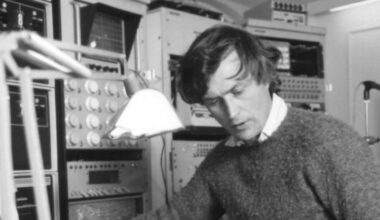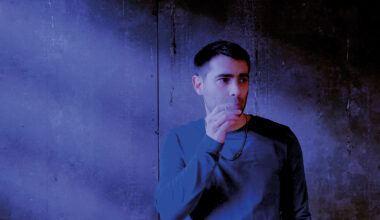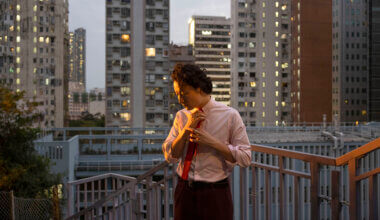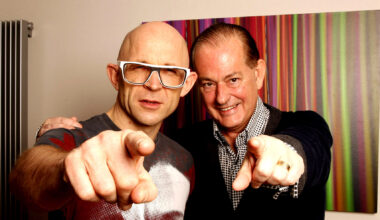With ‘a hAon’ and ‘a Dó’ sharing the top spot in our Albums Of The Year, Telefís have achieved a truly remarkable feat. Vocalist Cathal Coughlan sadly passed away earlier this year, so uber-producer Garret “Jacknife” Lee steps forward to accept the award
Want to read more?
Sign up to Electronic Sound Premium to gain access to every post, video, special offers, and more. 100%, all you can eat, no commitment, cancel any time.
Already a premium member? Log in here





